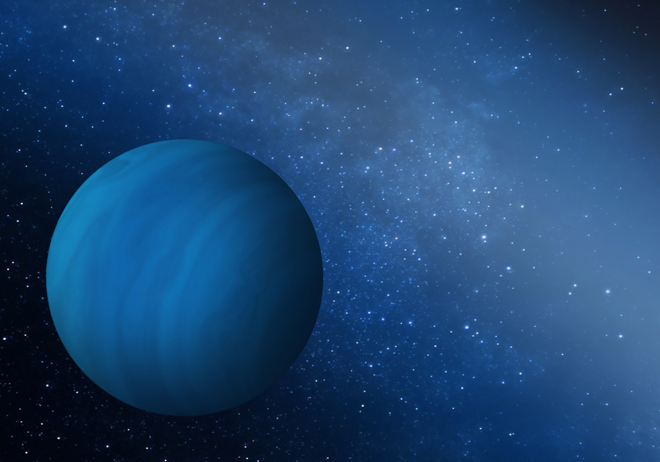Science News
Jumping Jupiter, Batman
November 15, 2011

Our early solar system experienced a very wild youth… Craters on the Moon and other worlds reveal a history of collisions throughout the Solar System, and the band of icy objects known as the Kuiper Belt gives more clues to its volatile past.
Previous studies have noted that a “dynamical instability” (which is to say, a complex interaction of gravitational effects of different planets on one another) affected the orbits of giant planets when the solar system was a mere 600 million years old. As a result, the giant planets and smaller bodies scattered away from each other… A little bit of self-segregation.
Some small bodies migrated into the Kuiper Belt and others traveled farther inward, producing impacts on the terrestrial planets and the Moon. The giant planets shifted around as well. Jupiter, for example, scattered most small bodies outward and moved inward.
Jupiter played one of the biggest roles in the solar system’s youth. Scientists believe it protected smaller planets, like our own, from colliding with each other. Scientists explain the giant world’s protective status through the “jumping Jupiter” theory. “They proposed that Jupiter’s orbit quickly changed when Jupiter scattered off of Uranus or Neptune during the dynamical instability in the outer solar system,” says David Nesvorny of the Southwest Research Institute.
But when Nesvorny ran computer simulations of this “jumping Jupiter” theory, he ran into a problem. While Jupiter did in fact jump through interactions with Uranus or Neptune, the simulations also showed that Uranus or Neptune got knocked out of the solar system.
So Nesvorny wondered whether the early solar system could have had five giant planets instead of four. By running the simulations with an additional giant planet with mass similar to that of Uranus or Neptune, things suddenly fell in place.
Nesvorny believes that jumping Jupiter ejected one planet from the solar system, leaving the four gas giant planets we know and love behind. Thankfully, Jupiter jumped, leaving the terrestrial planets (including Earth) undisturbed.
“The possibility that the solar system had more than four giant planets initially, and ejected some, appears to be conceivable in view of the recent discovery of a large number of free-floating planets in interstellar space, indicating the planet ejection process could be a common occurrence,” says Nesvorny.
This research appears in a recent edition of the Astrophysical Journal Letters.
Image: Southwest Research Institute